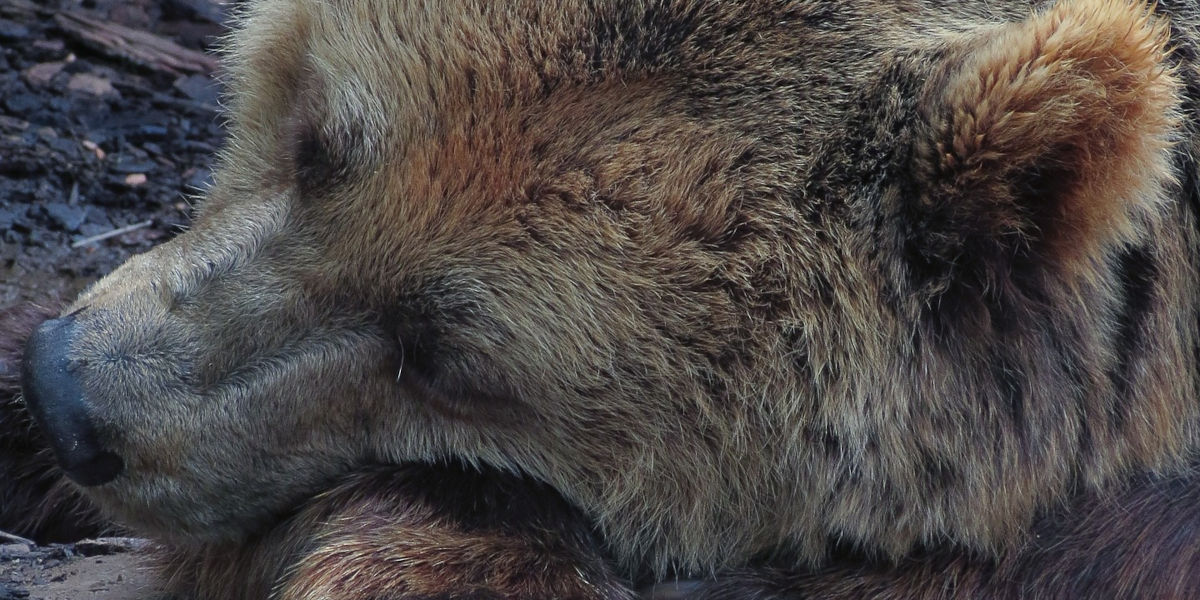As winter descends and temperatures plummet, many animals embark on a fascinating and enigmatic journey into hibernation. Understanding hibernation is more than just an intriguing puzzle for scientists; it's a glimpse into a complex survival strategy that has evolved over millions of years. From tiny insects to majestic bears, animals that hibernate have developed unique physiological adaptations to survive harsh weather conditions. But why do animals hibernate, and how do they manage this incredible feat?
The Need for Hibernate: Why Do Animals Hibernate?
Hibernation is not merely a long nap. It's a highly regulated state of dormancy that allows animals to conserve energy during periods when food is scarce. For mammals, hibernation involves a substantial drop in heart rate, body temperature, and metabolic functions. But what triggers this deep sleep, and why do certain animals rely on it?
The primary reason for hibernation lies in the survival instinct. For many species, especially those living in regions where winters are harsh and food sources become limited, hibernation becomes a necessity rather than a choice. By slowing down their metabolism and entering a state of torpor, animals can conserve energy and live off their fat reserves for months.
Animals that Hibernate: A Varied List
When we think of animals that hibernate, bears are often the first to come to mind. However, the list of hibernating creatures is diverse and includes many surprises. Some of the animals that hibernate are Bears: Perhaps the most famous hibernators, bears enter dens and can sleep for months, living off fat stores.
The Seasonal Clock: Preparing for Hibernation
The process of preparing for hibernation is a gradual one, and animals must make many adjustments to get ready for their long sleep. Here's a look at some of the critical preparatory stages:
- Fattening Up: Animals consume extra food in the months leading up to hibernation, storing energy in fat reserves that will sustain them through the winter.
- Finding Shelter: Hibernating animals seek out or create safe places to hibernate, such as dens, burrows, or even under the snow.
- Physical Changes: Some animals undergo physical changes, such as growing thicker fur or changing color to camouflage themselves better.
The Art of Waking: Coming Out of Hibernation
Emerging from hibernation is a gradual process, too, and it's just as complex and essential as entering hibernation. The animal's body must carefully transition back to its normal state, and this reawakening requires precise coordination of various physiological functions.
How Humans Can Learn from Hibernation
Understanding hibernation has more than just biological intrigue; it has potential implications for human medicine and space travel. By studying how animals safely lower their metabolic rates, scientists are exploring ways to induce a similar state in humans for medical purposes, such as preserving organs for transplantation.
Protecting Hibernating Species: A Conservation Effort
Many hibernating species are at risk due to climate change, habitat loss, and other threats. Conservation efforts to protect these unique creatures are vital. From creating protected habitats to educating the public about the importance of these species, collective efforts can help ensure the survival of hibernating animals.
Conclusion: The Ongoing Exploration of Hibernation
The world of hibernation is filled with intrigue, complexity, and beauty. From the smallest insect to the mighty bear, the phenomenon of hibernation is a testament to nature's ingenuity and resilience. As research continues, we unlock more secrets about this remarkable adaptation, gaining insights that could have far-reaching implications for various fields, from medicine to conservation.
With a blend of scientific curiosity and respect for nature's wisdom, we can continue to explore the answers to questions like why do animals hibernate and how they do it. The journey into understanding hibernation is a gateway to appreciating the delicate balance of life on our planet and our role in preserving it.
- Hedgehogs: These small mammals curl into a ball and drop their body temperature to near freezing.
- Bats: Many species of bats hibernate to survive the winter when insects are scarce.
- Frogs and Turtles: Some amphibians and reptiles hibernate, burying themselves in mud and slowing their metabolism.
Understanding Hibernation: The Science Behind the Slumber
Understanding hibernation is not just about knowing which animals participate in this phenomenon; it's about unraveling the complex biological processes that enable it. The science behind hibernation involves intricate changes in body functions and environmental adaptations. Here's a closer look:
- Metabolic Changes: During hibernation, an animal's metabolic rate can drop to just a fraction of its normal level. This slowdown conserves energy and enables the animal to survive without eating for extended periods.
- Temperature Regulation: Hibernating animals often drop their body temperature to near the ambient temperature. This process, called thermoregulation, further reduces energy expenditure.
- Neurological Adaptations: Some animals undergo changes in brain function and structure, allowing them to enter a state of torpor and wake up when conditions are favorable.
The phenomenon of hibernation continues to be a fascinating subject for researchers, shedding light on survival strategies, adaptation, and the very essence of life itself. As we delve deeper into the world of hibernation, we find a complex tapestry that interweaves biology, ecology, and evolution, painting a vivid picture of the remarkable resilience of life on Earth.




